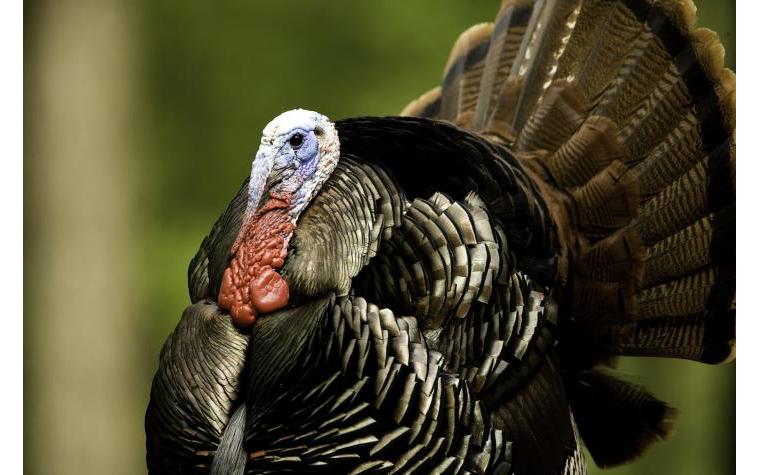COLUMBIA, Mo. – Landowners in Missouri interested in improving habitats for wild turkeys on their property have a new tool to help them.
University of Missouri Extension, in collaboration with the Missouri Department of Conservation and the National Wild Turkey Federation, has developed a publication that features habitat evaluation tools landowners can use to rate conditions on their property and then begin to address any limiting factors to enhance habitats for wild turkeys, says Bob Pierce, MU Extension associate professor and state wildlife and fisheries specialist.
The MU Extension publication “Improving Habitats for Eastern Wild Turkeys in Missouri: Conducting a Habitat Evaluation” is available for free download at muext.us/G9529.
“We created a publication with two evaluation tools, each with a set of important habitat criteria that turkeys require,” Pierce says. “These habitats can then be assessed and ranked based on their availability and quality on an area. This process helps determine the habitat components that may be in short supply, or that may be limiting, and which need to be addressed.”
Lack of brood-rearing cover is often the most observed limiting factor to be addressed, says National Wild Turkey Federation district biologist John Burk. Quality brood-rearing habitat is typically composed of early successional plant communities, which are made up of native grasses and seed-producing native forbs and legumes.
“These plant communities also attract an abundance of insects, which are important food items for young poults,” says Burk. Management practices to create and maintain early successional plant communities include prescribed burning, timber stand improvements and other activities that create disturbances and set back plant succession.
The Missouri Department of Conservation’s Turkey Habitat Initiative provides information and help landowners manage for wild turkeys on their property.
“The website provides a series of videos that showcase management activities that can be used to help restore habitats, and the habitat evaluation tools will help determine the current conditions on your property that need to be addressed,” says MDC biologist Nicholas Oakley,
If necessary, you can seek professional and technical advice by contacting an MDC private lands conservationist or your local MU Extension center for educational assistance.
Photo
Wild turkey. Wild turkeys provide recreational and wildlife-viewing opportunities. A new MU Extension publication, “Improving Habitats for Eastern Wild Turkeys in Missouri: Conducting a Habitat Evaluation,” features tools landowners can use to rate conditions on their property and then begin to enhance habitats. Photo courtesy of Missouri Department of Conservation.
